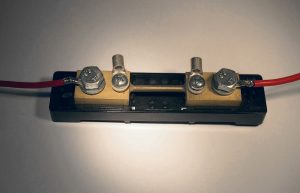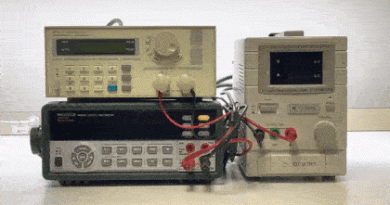How to make a shunt current resistor from Electroboom
How to make a shunt current resistor you ask? Before you learn how to make a shunt current resistor you should make sure you know what these are. Shunt current resistors are used to measure AC or DC current very precisely. By having a very small resistance that is known with good precision, a shunt resistor can help determine current accurately by measuring the voltage drop across the shunt and find current by applying Ohm’s law I (current) = V (voltage) / R (resistance).
A shunt in a more general sense may be defined as an object that acts as a bypass for electrical current by creating a low resistance path. Diodes are often used to force current in one direction and help protect sensitive components from surges or reverse polarity.
Our friend Mehdi at Electroboom recently made a how to make a shunt current resistor video. He points out that making this on your own can save you from having to purchase one and they can also be much more precise than certain current meters which sometimes have error up to 5-10%. He measures the resistance per unit length of some wire and shows you how to make a precise shunt current resistor for different AC voltages. He also points out how you must take care to reduce inductance of the shunt resistor so it won’t act like a filter of high frequency transients.
Be sure to follow Electroboom on Youtube to receive notifications for all of his electronics-themed videos.
Circuit Specialists Products Featured in this video
CSI3010SW 0-30V, 0-10A DC Power Supply
TDGC2-3kVA Variable AC Autotransformer
HH2002 Multimeter and AC clamp meter
Parts you would need to make a low-voltage shunt resistor
If you want to measure the current from your circuit using your shunt current resistor using a low cost PC-based oscilloscope you can find a great option for a two channel 20 MHz pc oscilloscope here. Hantek6022BE
Caution: Using 18 or 22 AWG solid wire you will be limited to around 5 Amps maximum if making your own shunt. Make sure to used wire that is appropriate for the current you’re measuring by referring to a wire size current guide. Below is an image of a high current 50 Amp shunt current resistor (source Wikimedia commons).



